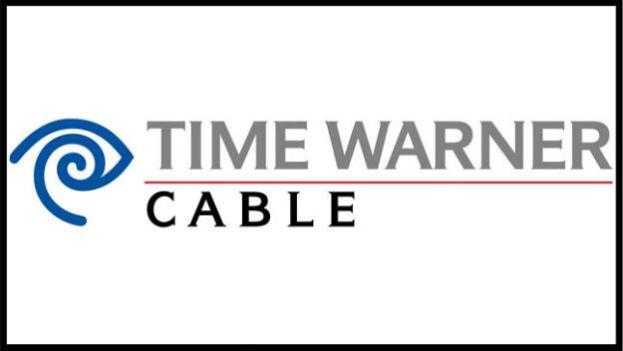
Time Warner Cable announced that it will stop pushing “triple play” packages that bundle together cable, Internet and landline telephone service together, and instead focus on strengthening its core cable and Internet businesses.
Time Warner is the second-largest cable provider in the U.S., and tied cable subscriptions with Internet and landline service for years. But with 35,000 phone subscribers jumping ship in just the first quarter alone, overall revenue was adversely affected because the company tabulates them together.
In short, company reps will no longer try to coax or convince consumers to sign up for all three services, but didn’t say that it would also refrain from doing the same with cable and Internet. The plan appears to be to qualify potential customers first by finding out which services they use and then try to sell them on extras, like faster Internet packages or premium TV channels.
The move isn’t all that surprising, given that cell phone penetration has eaten away at landline revenue for years. Moreover, the surge in online video consumption has also led to increased demand for bandwidth. The company also fell well short of expectations in growing its cable business by incurring a loss of 119,000 subscribers in the first quarter, some of which may have opted to go with Netflix, Hulu Plus and perhaps even free over-the-air broadcasts.
The news isn’t all gloomy because most subscribers Time Warner captured in the same quarter signed up for either single or double play packages, though no exact figures were released. Triple play packages will still be offered, a company spokesman said, but they won’t be aggressively advertised anymore.
The company added 143,000 Internet subscribers in the same quarter, but still fell short of the 180,000 goal analysts had anticipated. Signing up Internet customers will continue to be a priority, especially if it means off-setting any potential losses sustained on the cable side.
It will be a while before the new pricing and marketing yield tangible results, but Time Warner said new customers are spending $1.27 more than they were in the fourth quarter last year, amounting to an average revenue per subscriber of $104.84.




